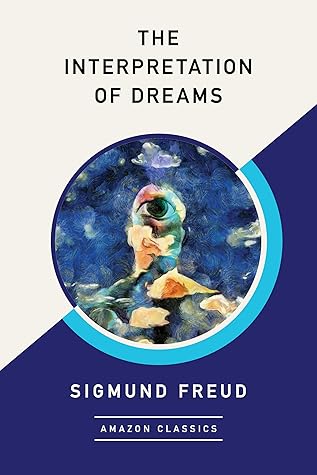More on this book
Community
Kindle Notes & Highlights
Read between
December 27, 2024 - January 11, 2025
The mortification brought on thirty years ago, after having gained access to the unconscious affective source, operates during all these thirty years like a recent one. Whenever its memory is touched, it is revived and shows itself to be supplied with the excitement which is discharged in a motor attack.
The dream has taken it upon itself to bring the liberated excitement of the Unc. back under the domination of the foreconscious; it thus affords relief for the excitement of the Unc. and acts as a safety-valve for the latter, and at the same time it insures the sleep of the foreconscious at a slight expenditure of the waking state.
the interpretation of dreams is the via regia to a knowledge of the unconscious in the psychic life.
Disease—at least that which is justly termed functional—is not due to the destruction of this apparatus, and the establishment of new splittings in its interior; it is rather to be explained dynamically through the strengthening and weakening of the components in the play of forces by which so many activities are concealed during the normal function.
the unconscious must be accepted as the general basis of the psychic life.
And how about the value of the dream for a knowledge of the future? That, of course, we cannot consider.185 One feels inclined to substitute: “for a knowledge of the past.” For the dream originates from the past in every sense.
To be sure the ancient belief that the dream reveals the future is not entirely devoid of truth. By representing to us a wish as fulfilled the dream certainly leads us into the future; but this future, taken by the dreamer as present, has been formed into the likeness of that past by the indestructible wish.
ABOUT THE TRANSLATOR Abraham Arden Brill (1874–1948) was an Austrian-born psychiatrist, author, translator, and the first psychoanalyst to practice in the United States.
Brill would go on to translate nine books by Sigmund Freud.


